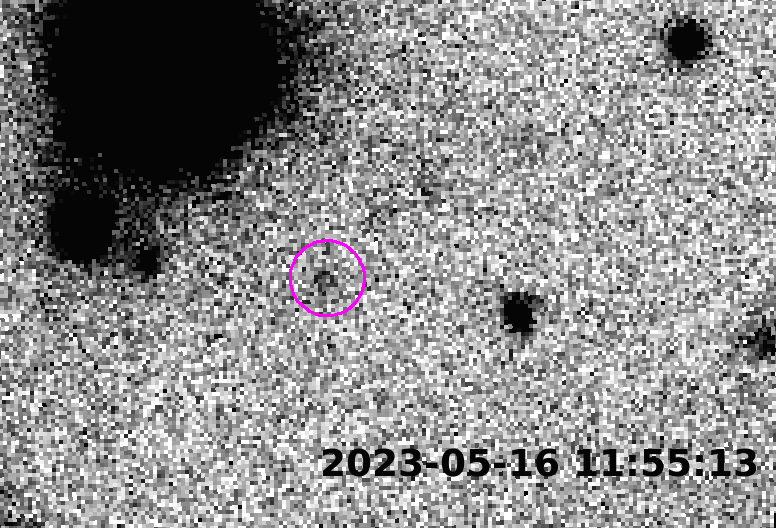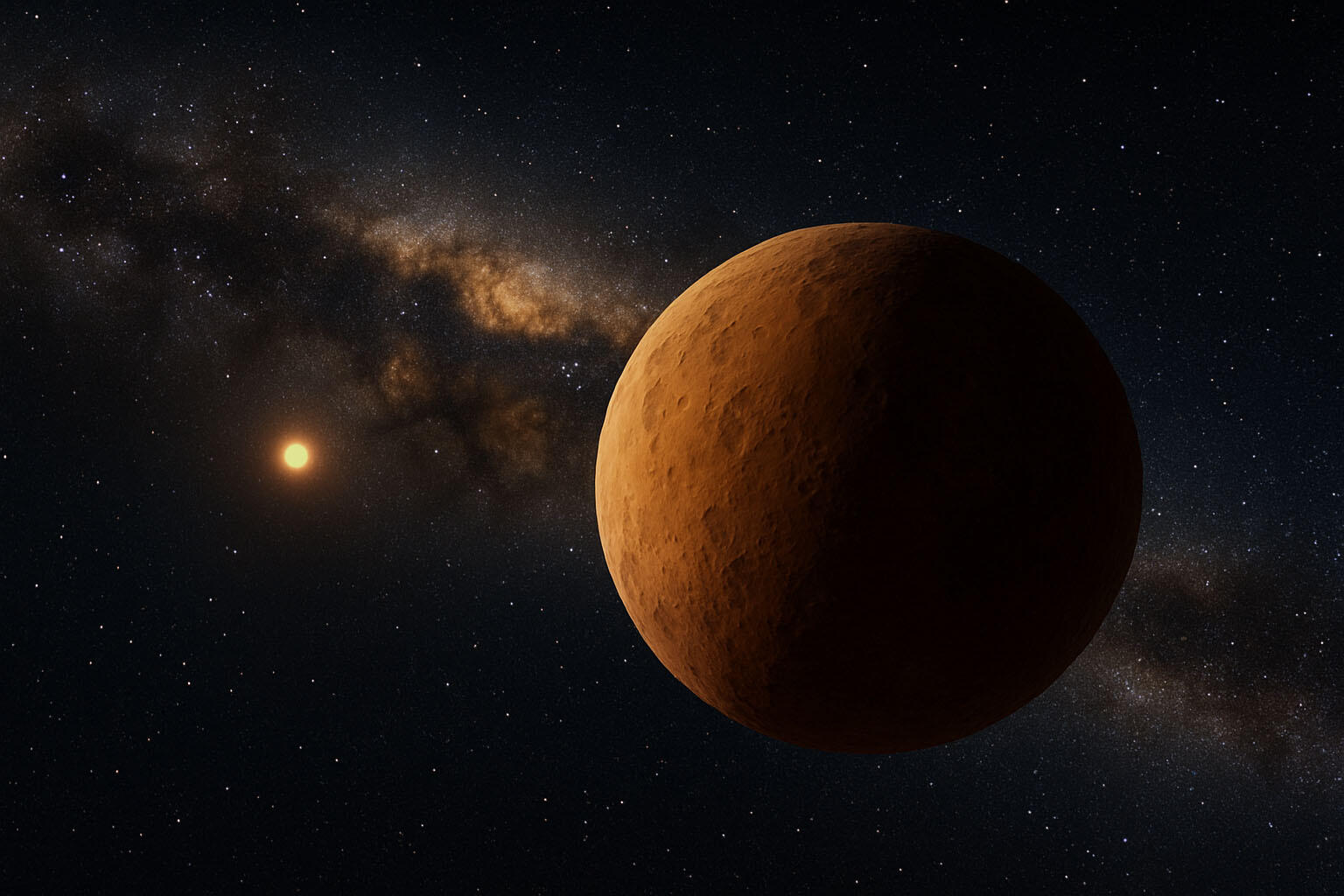The newest member of the solar system was discovered by wide-angle imaging on a three-ton, 870MP camera
The new Sedonite, nicknamed Ammonite, was discovered by the 870MP camera on the Subaru Telescope

Typically, telescopes are synonymous with bringing far-off objects close, but the newest member of the solar system was discovered using wide-field imaging. The Subaru Telescope has spotted a distant orbiting Sedonite called 2023 KQ14, nicknamed Ammonite by researchers.
Ammonite isn’t a planet, but a member of distant orbiting objects called Sednoids, which are objects beyond Neptune’s orbit with a non-circular orbit around the sun. Ammonite is the fourth Sednoid discovered, but has an orbit that’s significantly different than the earlier three Sednoids. First spotted in 2023, Ammonite was officially shared with the public when researchers published the data on July 14, 2025.
Ammonite is 71 times farther from the sun than the Earth – and that’s at its closest point in the celestial object’s orbit. So how did researchers spot the Sednoid? The newest member of the Solar System was first spotted by researchers using the Subaru Telescope, which is operated by the National Astronomical Observatory of Japan (NAOJ) and the Institute of Astronomy and Astrophysics, Academia Sinica (ASIAA).
Located in Hawaii at the top of a volcano, the Subaru Telescope is 8.2 meters / 26.9 feet and weighs more than three tons. The telescope’s Hyper Suprime-Cam first spotted the new sednoid using its 870MP sensor and 1.5-degree field of view. That wide field-of-view scans large sections of the sky, looking for faint, slow-moving objects, and in the summer of 2023, picked up on the movement of Ammonite.
Ammonite’s existence was then confirmed by observations with the Canada-France-Hawaii Telescope in 2024. While researchers using the Subaru Telescope were the first to spot the Sednoid by noting its movement, researchers have now found evidence of Ammonite by digging through 19 years of archival images taken from multiple observatories, including the Dark Energy Camera and data from Kitt Peak National Observatory. Gathering data spanning nearly two decades has allowed scientists to create a more accurate picture of Ammonite’s orbit, and researchers now believe that Ammonite’s orbit has been stable for 4.5 billion years.
While the discovery of Ammonite highlights the advancement of telescope and camera technology, it also disrupts Planet Nine, the theory that a ninth planet exists beyond the orbit of Pluto, the dwarf planet that was reclassified and lost its label as the ninth planet in 2006. Data on Ammonite lowers the probability of a ninth planet, researchers believe, although a ninth planet could still exist farther out than first thought.
Above: video animation shows the orbit of a newly discovered sednoid, 2023 KQ₁₄
The best camera deals, reviews, product advice, and unmissable photography news, direct to your inbox!
“The fact that 2023 KQ14’s current orbit does not align with those of the other three sednoids lowers the likelihood of the Planet Nine hypothesis,” said Dr. Yukon Huang of NAOJ. “It is possible that a planet once existed in the Solar System but was later ejected, causing the unusual orbits we see today.”
The Subaru Telescope made the discovery as part of a project nicknamed FOSSIL, or the Formation of the Outer Solar System: An Icy Legacy. The survey, led by scientists from Japan and Taiwan, uses the telescope's wide-field imaging to scan the sky, looking for objects in the outer solar system. The researchers are looking specifically at the icy outer Solar System for evidence of how the Solar System was formed.
FOSSIL Lead Dr. Fumi Yoshida said the Subaru Telescope is one of the few equipped to make distant discoveries like the existence of Ammonite. "Ammonite was found in a region far away where Neptune's gravity has little influence,” Yoshida said. “The presence of objects with elongated orbits and large perihelion distances in this area implies that something extraordinary occurred during the ancient era when Ammonite formed."
"Understanding the orbital evolution and physical properties of these unique, distant objects is crucial for comprehending the full history of the Solar System," Yoshida continued. "At present, the Subaru Telescope is among the few telescopes on Earth capable of making such discoveries. I would be happy if the FOSSIL team could make many more discoveries like this one and help draw a complete picture of the history of the Solar System."
You may also like
The largest camera in the world is also a camera designed to scan the skies. Or, to photograph the stars with a camera that you can hold in your hands, browse the best cameras for astrophotography or the best tripods.

With more than a decade of experience writing about cameras and technology, Hillary K. Grigonis leads the US coverage for Digital Camera World. Her work has appeared in Business Insider, Digital Trends, Pocket-lint, Rangefinder, The Phoblographer, and more. Her wedding and portrait photography favors a journalistic style. She’s a former Nikon shooter and a current Fujifilm user, but has tested a wide range of cameras and lenses across multiple brands. Hillary is also a licensed drone pilot.
You must confirm your public display name before commenting
Please logout and then login again, you will then be prompted to enter your display name.



